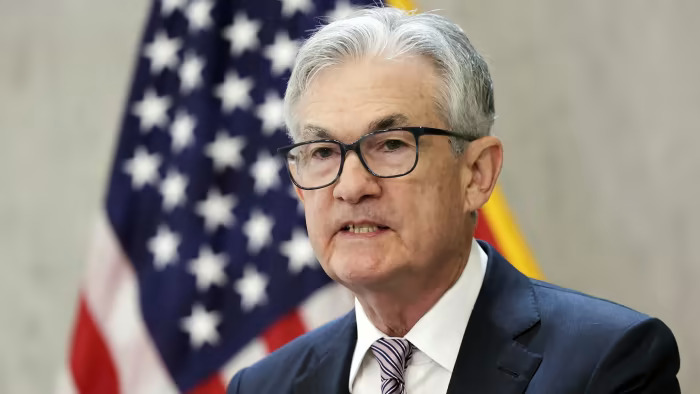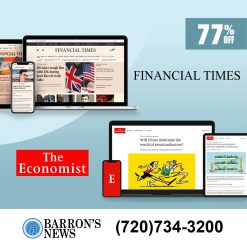It is still possible that the US economy will manage a “soft landing” — taming its inflation problem and getting the economy back to robust growth without too much pain. But as the weeks go by, the case for consumers and investors to start buckling up and bracing for a bumpier impact gets ever stronger.
This week, consumer price inflation was revealed to have hit 9.1 per cent — a 40-year high, above and beyond the consensus view. Within that, energy prices have risen by 42 per cent, with food up by 10 per cent. But this is not a story of a few volatile commodities: core inflation, which excludes those categories, is up by 5.9 per cent on the year.
From here, the Federal Reserve’s decision seems straightforward: raise rates rapidly. After all, inflation is high and unemployment is low — at just 3.6 per cent. The Bank of Canada — facing a similar position, with very high inflation and record low unemployment — hiked rates this week by 1 percentage point, up to 2.5 per cent.
New York Times And Wall Street Journal 5-Year Digital News Take 77% Off
Market prices imply investors expect the Fed may follow by raising rates by a similar amount at their next meeting at the end of July — perhaps raising it by as much as 1 percentage point, too. Investors expect rates to get to a level of about 3.5 per cent by the end of this year a level at which monetary policy is expected to dampen activity.
The case for rapid hikes now is not really about the latest numbers. It is certainly too late to affect inflation in the past. And, as Joe Biden stated in his response to the figures, it is “also out of date” in another sense. Many pressures visible in the numbers are abating, as commodity prices have come down.
One key reason for rate rises now is, as the Bank of Canada put it, “to break the vicious circle . . . to re-anchor long-term inflation expectations”. Fundamentally, inflation has run out of control. People negotiating pay packets and setting menu prices will — rightly — be suspicious about assurances that inflation will return to moderate levels soon. The Fed’s task is to persuade them that next year will be different.
Bloomberg Digital Subscription 5 Years $60
There is risk here. Interest rate rises work by crunching demand; they kill businesses and induce job losses. It is possible that rapid rate rises could unnecessarily induce or worsen a recession that some data suggests is coming anyway.
In such a scenario, tightening may simply deepen a slowdown that was going to do the work of taming inflation. In addition, expectations do not appear to be unanchored and wage growth is slowing. There is a danger that supporting big rises now may be to call for a medicine that is worse than the disease.
But there is peril on the other side, too: being too slow would mean inflation being allowed to fully embed itself. And it is easier to reverse course by loosening monetary policy than it is to bear down on an inflationary problem that has seeped into the groundwater.
Medium-term inflation expectations may still be anchored, but we cannot wait for them to come unmoored before we act. The Fed’s next forecasts are expected to be glummer than the last. But last time around, they still anticipated continued growth and continued low unemployment even as they raised rates. There is not any expectation of a coming brutal crash.
Economist Digital Subscription Epaper Comes with Stock Screener Buy Now and Save 70% Off
Investors have spent much of this week puzzling over what this all means — edging up predictions for the future path of interest rates and for the chances of recession. But there is good news in some of it — it is hard to read the markets’ responses as indicating that investors think this ultra-high inflation is now a permanent feature of American life. The Fed has credibility. But it still needs to tighten further to justify that faith.









